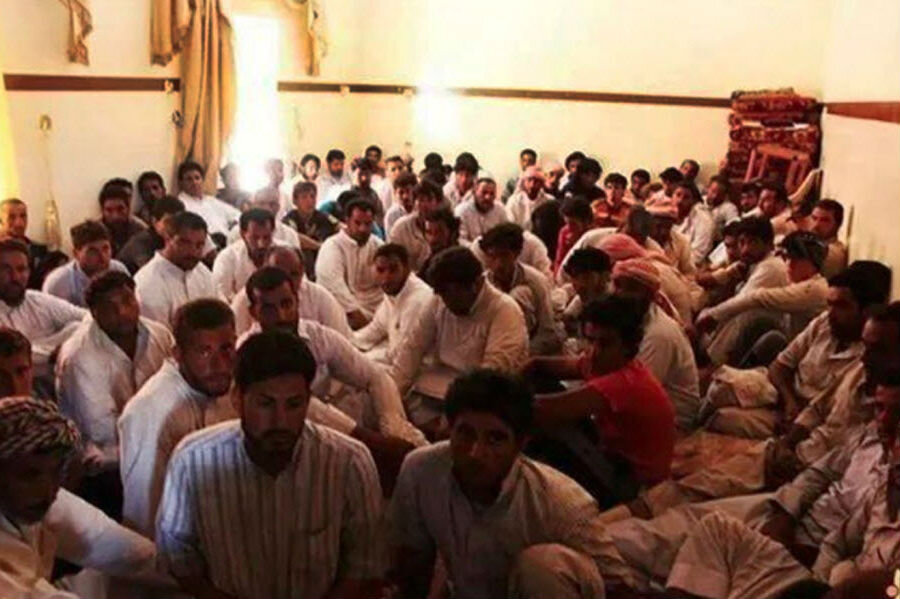The group has shown the ability to use social media to spread and legitimize its ideology and goals, warns Brookings. It also uses the medium to fundraise and recruit young jihadists from far-flung countries like the United States.
Indeed, “through a network of provincial-level accounts and several central media departments, the Islamic State had significantly outperformed any other militant group on Twitter,” through August, 2014.
The militants' “coordinated release of particularly significant content” has earned them an “impressively large viewership,” Lister adds. One YouTube video the group released was viewed by 57,000 people and redistributed at an average of 807 tweets per hour.
They have also increasingly focused on English-language production of social media.
But the group's widespread use of social networks also makes it vulnerable to undermining and attack. The group’s bitter battle with Al Qaeda, for example, played out online, and was harmful to Islamic State interests.
The US could counter the group's online presence and “challenge the organizations religio-political doctrine through ‘mole’ accounts within the jihad community online,” the report notes.
The US began an aggressive attack on the militants' social media presence in August, taking down many of its Twitter accounts, though this also has the impact of removing an “extremely valuable source of intelligence,” argues Lister.
Using paid moles with extensive knowledge of Islamic creed and jurisprudence to infiltrate Islamic State social media accounts “could be doubly effective,” the report concludes, “if the same sources were used to introduce divisions within the broader online jihadi community.”







